Ever stare at a blank journal page like it personally wronged you? You know the feeling: cursor blinking mockingly while your brain serves up absolutely nothing worth writing. Well, what if there is a delightfully simple escape from diary drama that actually makes you smarter?
Enter doodling: the practice you probably perfected during boring meetings but never realized was secretly genius.
At Alcove and Nib, we believe putting quality pen to premium paper should spark joy, not existential dread. Let us explore why swapping words for squiggles might be the mindful plot twist your reflection routine needs.
When your brain speaks in scribbles
Doodling is your brain having a conversation with itself, no translation required. Art therapist Dr. Cathy Malchiodi explains that creating images lets you express the sensory bits of life that words cannot capture. Those feelings that are too big, too weird, or too Wednesday afternoon to articulate? Doodling hands you a pen and says "no problem."
The practice has ancient street cred, from cave paintings to 10th-century Japanese pillow books. Our ancestors discovered that making marks on paper unlocks wisdom lurking below conscious thought. Best part? Zero artistic talent required.
The surprising science of squiggles
Professor Jackie Andrade at the University of Plymouth discovered that people who doodled while listening remembered 29% more information than non-doodlers. Doodling hits that cognitive sweet spot: keeping your brain just busy enough to stay focused without going into overdrive.
Dr. Girija Kaimal at Drexel University used brain scans and found that doodling lights up the same reward pathways as chocolate and laughter. Your brain literally treats doodling like a treat, activating regions responsible for problem-solving and memory. This happens whether you can draw stick figures or paint masterpieces.
The stress-busting stats are equally impressive. Dr. Kaimal measured participants' stress hormones before and after 45 minutes of art-making. 75% showed measurably lower stress levels, with one person feeling "less anxious" after just five minutes. Other research found that five minutes of visual journaling boosts your brain's natural mood enhancers: dopamine and serotonin.
Why doodling beats traditional journaling (sometimes)
Traditional journaling is like having a serious conversation with yourself: organized, linear, grammatically correct. Doodling is more like texting your feelings through emojis and abstract shapes. Doodling offers something special: permission to process emotions without having to name, analyze, or explain them.
There is no pressure for perfect thoughts, proper spelling, or profound insights. As one visual journaler put it: "A blank page of words feels like homework. A blank page for doodles feels like recess."
Getting started: tools that make it fun
The beauty lies in simplicity: quality pen plus good paper equals magic. The Tom's Studio Lumos pen is perfect for exploration. This infinitely refillable fineliner features interchangeable tips from ultra-fine 0.1mm for detailed patterns to expressive brush tips for bolder marks. Its smooth flow requires minimal pressure, keeping your hand happy during longer sessions.
Our write-draw collection offers carefully curated instruments that seamlessly transition between writing and doodling. Quality paper transforms the experience too. Our paper and sketchbook collection includes options from smooth surfaces for precise patterns to textured sheets for expressive marks.
Simple ways to start today
Permission granted: you can make ugly drawings. Give yourself explicit permission to create "scribbly or specific" art with zero obligation to show anyone.
Start small with five to ten minutes. Draw a simple border to break that intimidating blank page. Let your hand move without planning: repeat shapes, fill circles with lines, sketch symbols representing your mood. Feeling stuck? Take a deep breath and let your hand wander.
Zentangle offers a meditative approach using structured patterns called "tangles." Working on small paper tiles with black pen, you create repetitive patterns of dots, lines, and curves. The method's philosophy is "no mistakes, only opportunities."
For inspiration, check out YouTube channels like @TheCalmCreatr and @ZenDoodler. Watching others' creative processes sparks ideas while reminding you that every mark has value.
Building your habit
Consider "habit stacking": pair doodling with existing routines like morning coffee or evening wind-down. Keep a small journal and favorite pen accessible for zero setup.
Unlike traditional journaling that asks you to confront difficult thoughts head-on, doodling lets you process emotions sideways. The patterns you create, pressure you apply, and marks you make all carry meaning without requiring analysis.
Your invitation to play
Doodling as reflection is not about creating gallery-worthy art. It is about honoring your need for expression without linguistic demands, discovering that sometimes circles and squiggles understand you better than sentences.
Whether you fill pages with intricate patterns or sketch simple shapes, you are participating in an ancient practice now validated by modern neuroscience. So grab a pen that feels good, open a fresh page, and make your first mark. Let it be imperfect, spontaneous, and exactly what this moment needs.
Your visual journal is waiting. No words required.


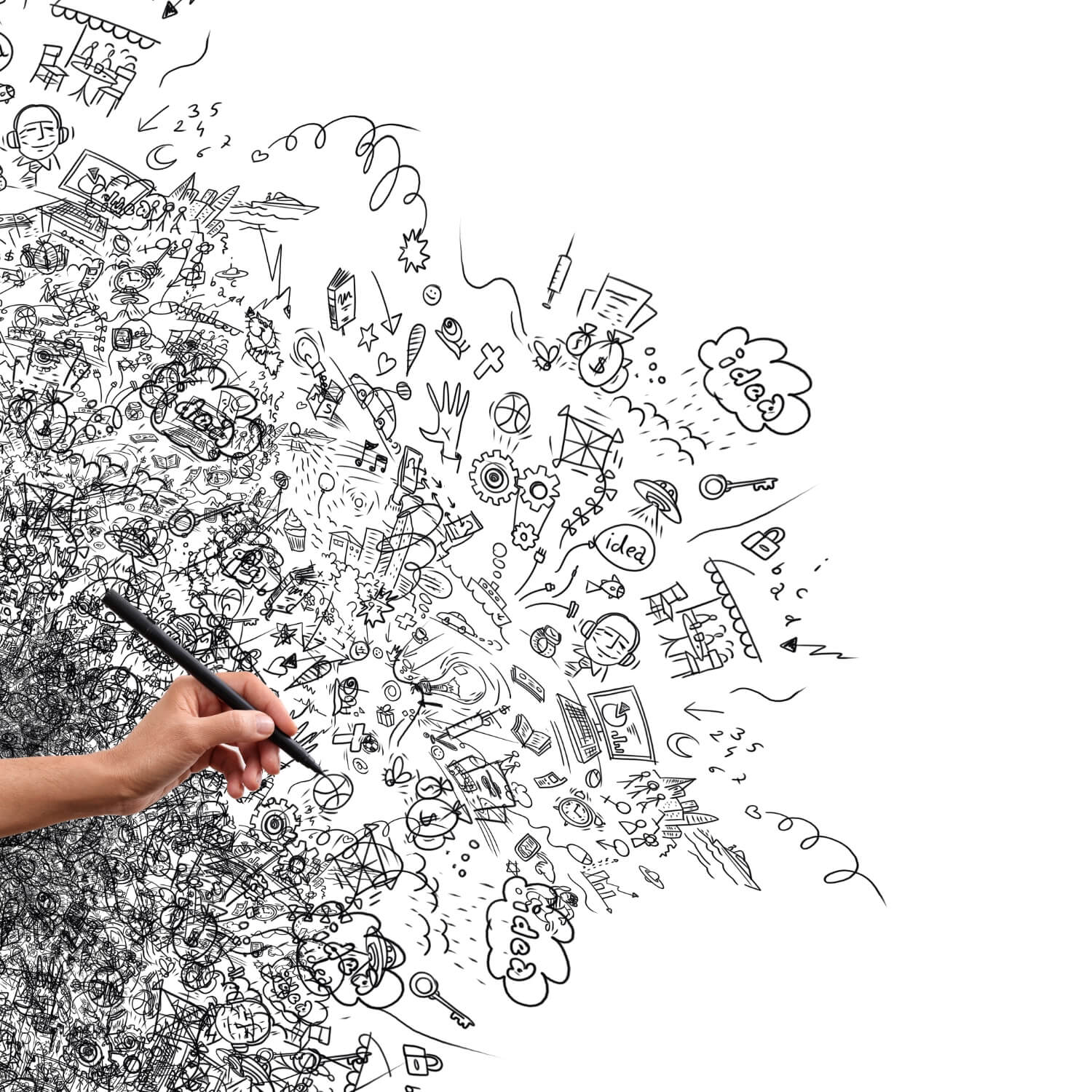



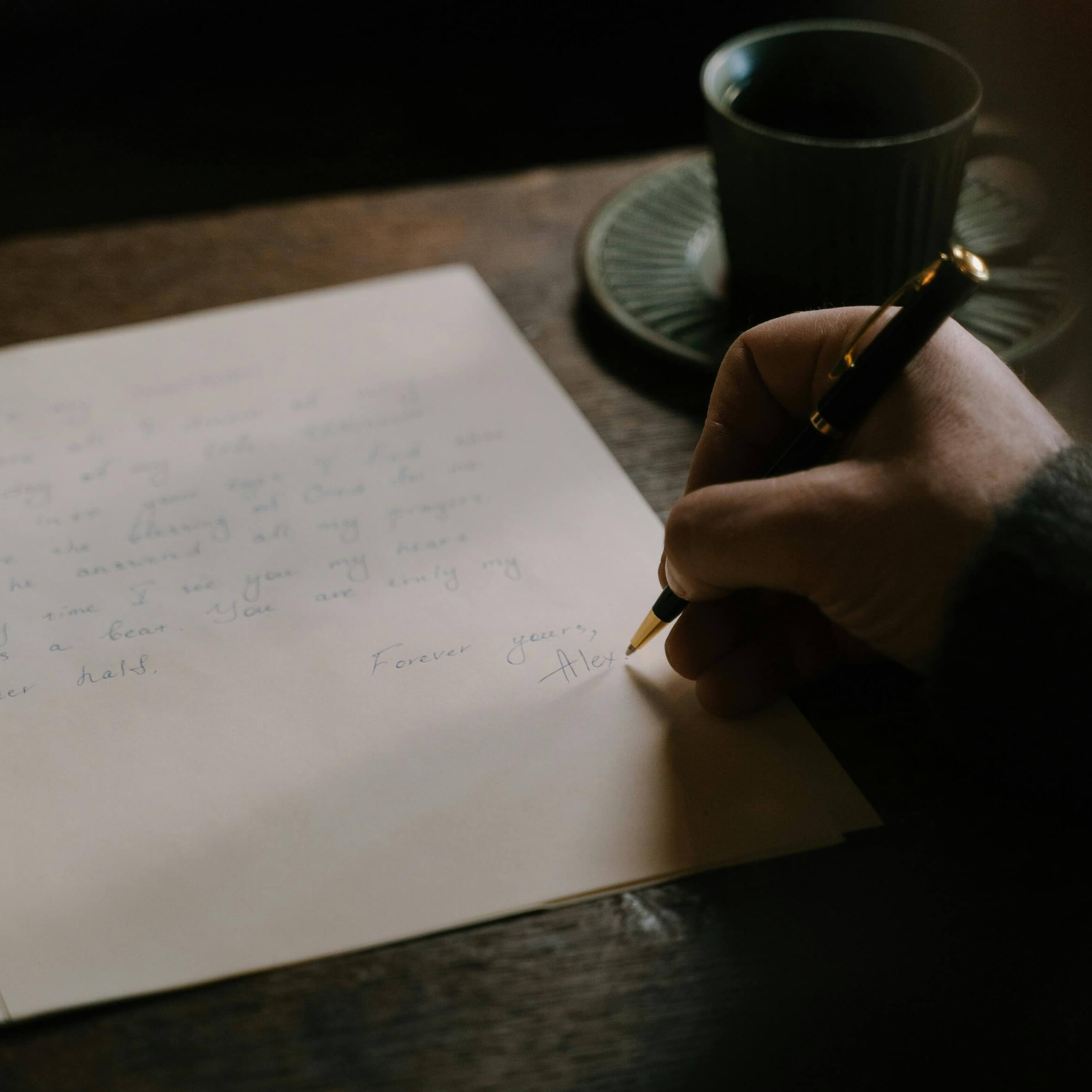
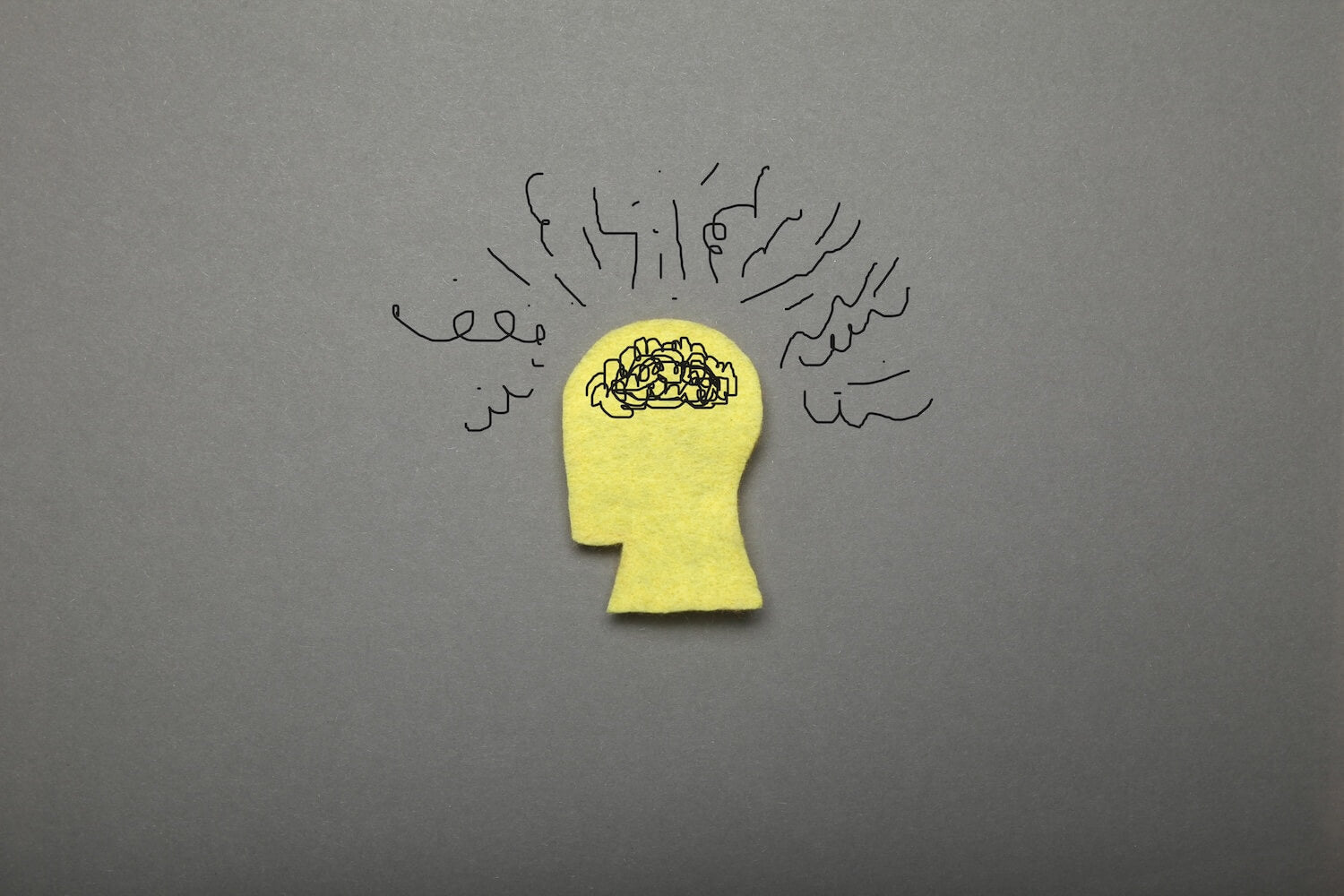
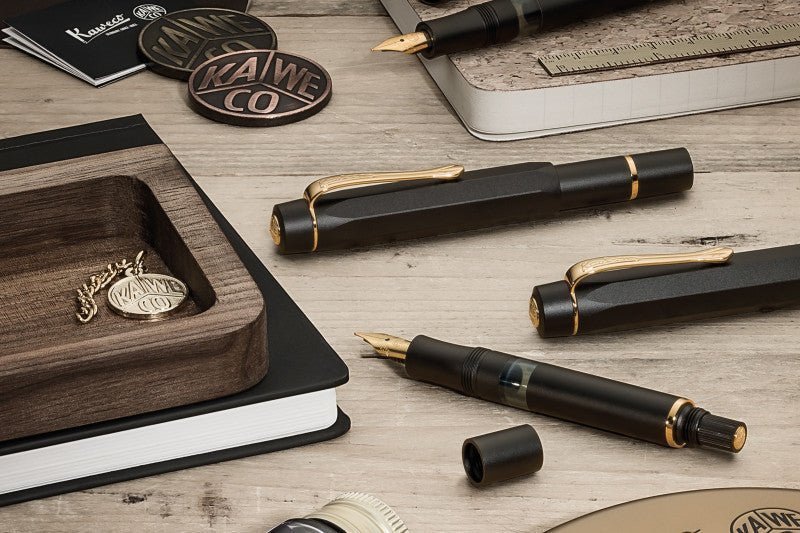
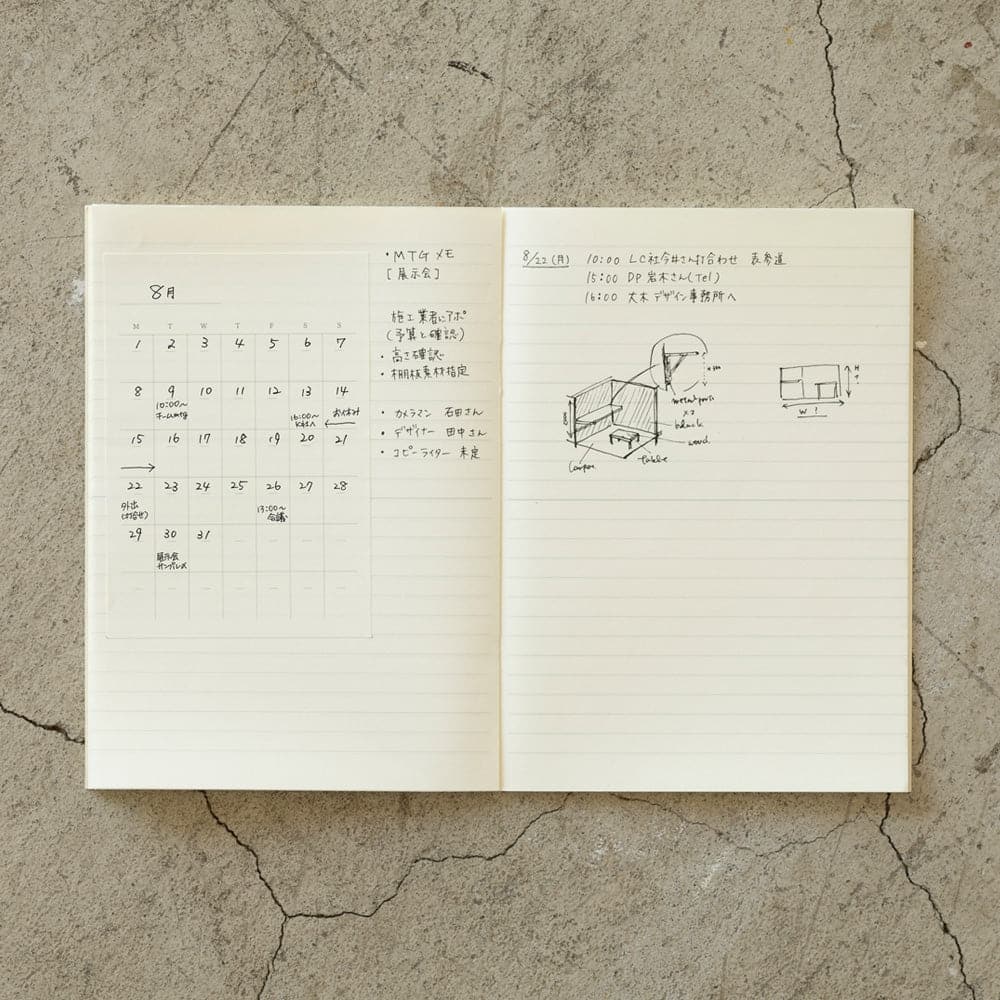
Share: